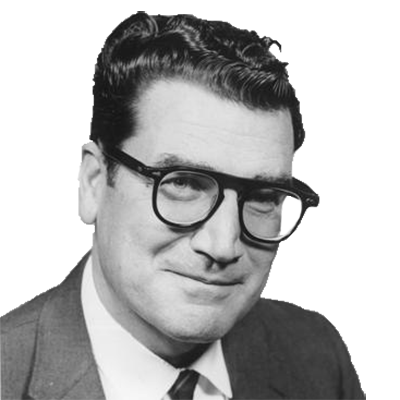
JIM MURRAY
This chapter would have been far too long for Jim Murray’s taste. It was not written on deadline from a press box or a newsroom. It is not based on in-person interviews and observations.
It is filled with quotes and devoid of humor. Worst of all, the ever-modest Murray would have thought, it’s all about him. About his breezy writing style and biting commentary. About his path from an anonymous cops writer at a mid-sized daily to a nationally-syndicated, Pulitzer Prize-winning columnist whose celebrity often trumped the athletes and coaches he covered.
How do you write a tribute to a sportswriter of Murray’s stature without imagining him sitting next to you – with those thick black glasses and his Remington typewriter – dispensing advice? “What Would Murray Do?” is an enticing question, but this chapter makes no attempt to match his trademark brevity and wit. Except for just this once, with a succinct skewering of Murray’s hometown that takes far less than a page from his playbook.
Hartford, Conn., has a new marketing slogan, “Hartford has it.” Anyone who’s spent time there knows what “it” stands for–a quick ticket out of town (two hours to Boston, two to New York).
Heaven only knows if Murray would endorse the punch line, though he did once write that, “Growing up in Hartford gave you a split personality. You were midway between Boston and New York, geographically and emotionally.”[1]
It’s only fitting to introduce Murray the same way he introduced himself to millions of readers across the country through his column–with a good-natured takedown of a U.S. town. He saw plenty of them on grueling road trips as a correspondent for Sports Illustrated and a columnist for The Los Angeles Times. He interviewed plenty of Hollywood stars as a reporter for Time and Life. The legend of Murray could begin in the Lakers’ locker room or the Dodgers’ dugout, or in a Sunset Strip restaurant with Marilyn Monroe and Joe DiMaggio, or with a review of Murray’s best one-liners, analogies and anecdotes.
But let’s start where Murray began, in a sleepy Connecticut newsroom as a cub reporter ready to launch a career that would span a half-century.
Covering Crime and Celebs on the Coasts
As a general assignment and police reporter at the New Haven Register, Murray wrote crime briefs and headlines, covered fires and murders and reviewed movies appearing in local theaters.[2] He didn’t set out to be a journalist. At Hartford’s Trinity College, he wrote television pilots, screenplays and musicals.[3]“I was going to be Eugene O’Neill. Hemingway. Hell, Tolstoy,” Murray wrote in his autobiography. “I was going to stand Broadway, Hollywood, or The Old Vic on their ear.”[4] Instead, he wrote nonfiction for the Register.
Murray stayed less than a year in New Haven. He moved to Los Angeles in 1944 as “the greenest of greenhorns,”[5] with no job but a collection of editors’ names.[6] James H. Richardson, a gruff city editor at the Los Angeles Herald-Examiner, grilled Murray on his qualifications for a reporting job, producing this memorable exchange:
“Do you know where City Hall is?” Richardson asked.
“No,” Murray said.
“Do you know where the FBI is?”
“No.”
“Do you even know where Figueroa Street is, for cryin’ out loud?
“No, sir.”
“Well, can you write?”
“Oh, Mr. Richardson, I can write like a son of a bitch.”[7]
Murray was hired on the spot as a general assignment reporter and later became a rewrite man. The William Randolph Hearst-owned Examiner covered the typical sensational tabloid stories – murders, suicides, scandals, trials and Hollywood gossip. It was a far cry from the garden-variety crime, disaster and entertainment stories he had written in Connecticut. As Murray wrote in his autobiography,
Los Angeles was a wildly exciting place when I first went to work for the Examiner in 1944. The shipyards were humming at the harbor, there were troop movements going to every point of the compass, there were so many murders the city was running neck and neck with the South Pacific…There was seldom a dull moment. And if there were, the front page of the Examiner never admitted it.[8]
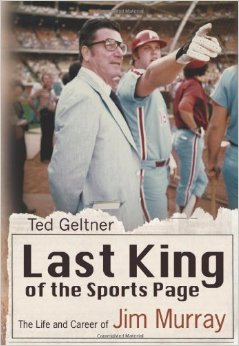
Reporters on the city desk “slept with our socks on like firemen” [9] waiting for the next big story. Murray wrote fondly about his Examiner days, calling them “among my happiest journalistic years.” [10]
In a career move driven largely by money, [11] Murray accepted a position in 1948 as Hollywood correspondent for Henry Luce’s Time Magazine. Going from the Examiner to Time was, as Murray wrote, “going from a honky-tonk to Park Avenue.”[12]
For the national magazine he covered the movie business and its biggest stars, writing about the personal and professional lives of John Wayne, Bing Crosby, Marlon Brando and Humphrey Bogart. Among his duties was selecting up-and-coming female movie stars – “longed-for love goddesses,” [13] as Murray called them – to feature on the magazine’s cover. One such starlet was Marilyn Monroe, whom Murray described as “five feet six inches of whipped cream.”[14]
Murray lived among and regularly dined with movie stars, but even he could be star struck. During a meal with Monroe on Sunset Strip in Hollywood, the actress famously asked him, “Do you mind if you don’t take me home but I go home with a friend of mine?”
Said Murray, “only if you introduce me to Joe DiMaggio first.” Monroe waved over the Yankees slugger.[15]
Having already mastered the Examiner’s brand of purple prose, Murray adopted Time’s “staccato” style for his features. “I think my years at Time solidified whatever style I came to use and be known for,” he wrote in his autobiography.[16] Covering celebrities also prepared Murray for the next stage of his career.
“When he moved to sports he already kind of had those interpersonal skills,” said Ted Geltner, Murray’s biographer.
Switching to Sports
Just as Murray never set out to be a journalist, he never planned on writing about sports. Sure, he had grown up going to pool halls and boxing matches with his gambling uncle. He had briefly played baseball in college and witnessed Babe Ruth hit one of his final home runs at Yankee Stadium.
“I took away from my childhood that love of sports and never lost it,” Murray wrote.[17] In his early days in Los Angeles, while he never wrote about sports, he was a staple at sporting events. [18] But Murray seemed content keeping sports as a pastime while he covered Hollywood, Los Angeles culture and, on occasion, national politics.
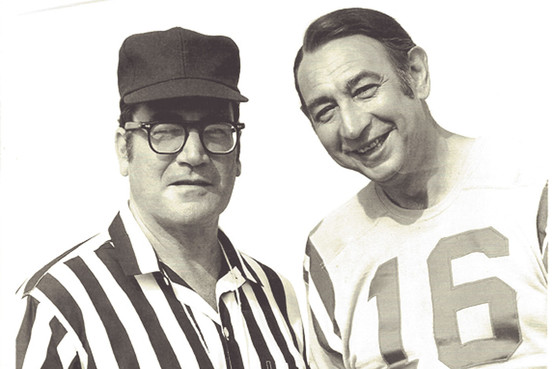
It wasn’t until 1950 that he wrote his first bylined sports story, a takedown of the New York Yankees in Life that elicited a chorus of cheers and jeers from readers. “I Hate the Yankees” made an argument that would be echoed for generations to come: the franchise’s baseball dominance is a product of its free-spending ways – its “economic hegemony,” in Murray’s own words. [19]
Given his knowledge of sports, a rarity among reporters at Time and Life, he was assigned a series of sports features. “Henry Luce, of all people, made me a sportswriter,” Murray wrote.[20] When Luce had an idea for a national sports magazine, he turned to Murray, who helped found Sports Illustrated in 1953. He was a frequent contributor to SI, even as he continued covering Los Angeles for Time and Life. Murray often wrote about boxing, horse racing, baseball and football from a fan’s perspective, using humor and first-person narrative to connect with readers.
As the 1960s began, Murray faced a major career decision: move to New York and accept a promotion as a top Sports Illustrated editor or stay in Los Angeles as a sports writer. [21] Frank McCulloch, a former colleague of Murray’s at Time who moved to the Los Angeles Times, convinced the newspaper’s publisher, Otis Chandler, to offer Murray a plum sports columnist position.[22] After days of deliberation, he accepted. “It was daring,” Murray wrote.[23]“I became, God help me, a columnist.”
A Must-Read Column, Six Days a Week
“The trouble with writing a column is it’s like running a railroad,” Murray wrote. “You have to keep the stock rolling. You can never step back and admire or even take stock of what you’ve done. Because you’re on to the next one.”[24]
Six days a week, Murray filled the Los Angeles Times sports page with stories from ballparks, stadiums, arenas, golf courses and race tracks. Golf and horse racing were two of his favorites. He loved baseball–“I’ve never been unhappy in the baseball park in my life,” Murray wrote–and didn’t understand complaints about the game taking too long. [25] He called basketball players “quite possibly the finest athletes of all.”[26]
His views on football were strikingly prescient. In 1965, Murray called the sport “the most American game of them all,” with greedy owners and obsessive, dictatorial coaches.[27] He noted the hypocrisy of college football recruitment and the dangers facing athletes: “It is a tooth-loosener, concussion-causer, limp producer,” he wrote. Broadcasters should warn viewers, “For adults only.”[28]
Murray covered Super Bowls and World Series and Final Fours much like any big-city columnist. But he also wrote about smaller events like Little League baseball games, with their inevitable bloopers, rotten umpires and overheated parents. “I have seen infield-fly-rule arguments that I thought were going all the way to the Supreme Court–or the United Nations,” he once wrote.[29] Murray had a magic touch with what his editors called “little sports”–the ones that people would rather play than watch. Pool. Beach volleyball. Surfing. Judo. Whale watching. Coyote-calling. The sports, Murray wrote, that made people happy.[30]
His columns also made people think. Dave Kindred, a longtime sports columnist and friend of Murray’s, said Murray viewed the column as a pulpit. He championed racial integration in baseball and golf, and wrote about violence in sports and society.
“He was an observer of life through the prism of sports,” said Roy Firestone, a prominent sports broadcaster and friend of Murray’s. “He could do funny. He could do poignant. He could do inspiring.”
Murray sat in the press box and went to the post-game press conference along with his fellow scribes. But he rarely wrote game analysis and commentary. He preferred to focus on what happened out of public view, in locker rooms and owners’ boxes, and share the anecdotes that defined a game. “He found the humorous moment of the event, and made that the column instead of the event,” Kindred said. “When something strange, funny or bizarre happened, everyone had their own ‘what would Jim write’ moment.”
Readers can get game information from the box score and (in later years) the highlights from ESPN, as Murray used to say. “You have to give readers human interest,” he told his second wife, Linda Murray Hofmans. “Something that nobody else can do.”
Instead of writing about a baseball game, he wrote about his recommendations for pre-game contests: Ditch the wheelbarrow racing and egg tossing for switch-hitting Scotch drinking, freestyle money-counting and girl chasing.[31]
“He was pursuing more of the feel of the event, the humanity of the event and the fun of the event,” Kindred said. “He was a reporter who understood that sports was a diversion. Sports wasn’t real life.”
Murray once wrote about his job: “I covered the circus.”[32]
He also channeled both Luce and Hearst with his philosophy that “people read to be amused, shocked, titillated and angered.”[33] He yearned to make people laugh.
“He just had a feel for making the sports pages entertaining,” said T.J. Simers, a former colleague of Murray’s at the Los Angeles Times. “I think that goes back to his Hollywood days,” added Kindred. “Humphrey Bogart was entertainment. Tommy Lasorda was entertainment – just of a different kind.”
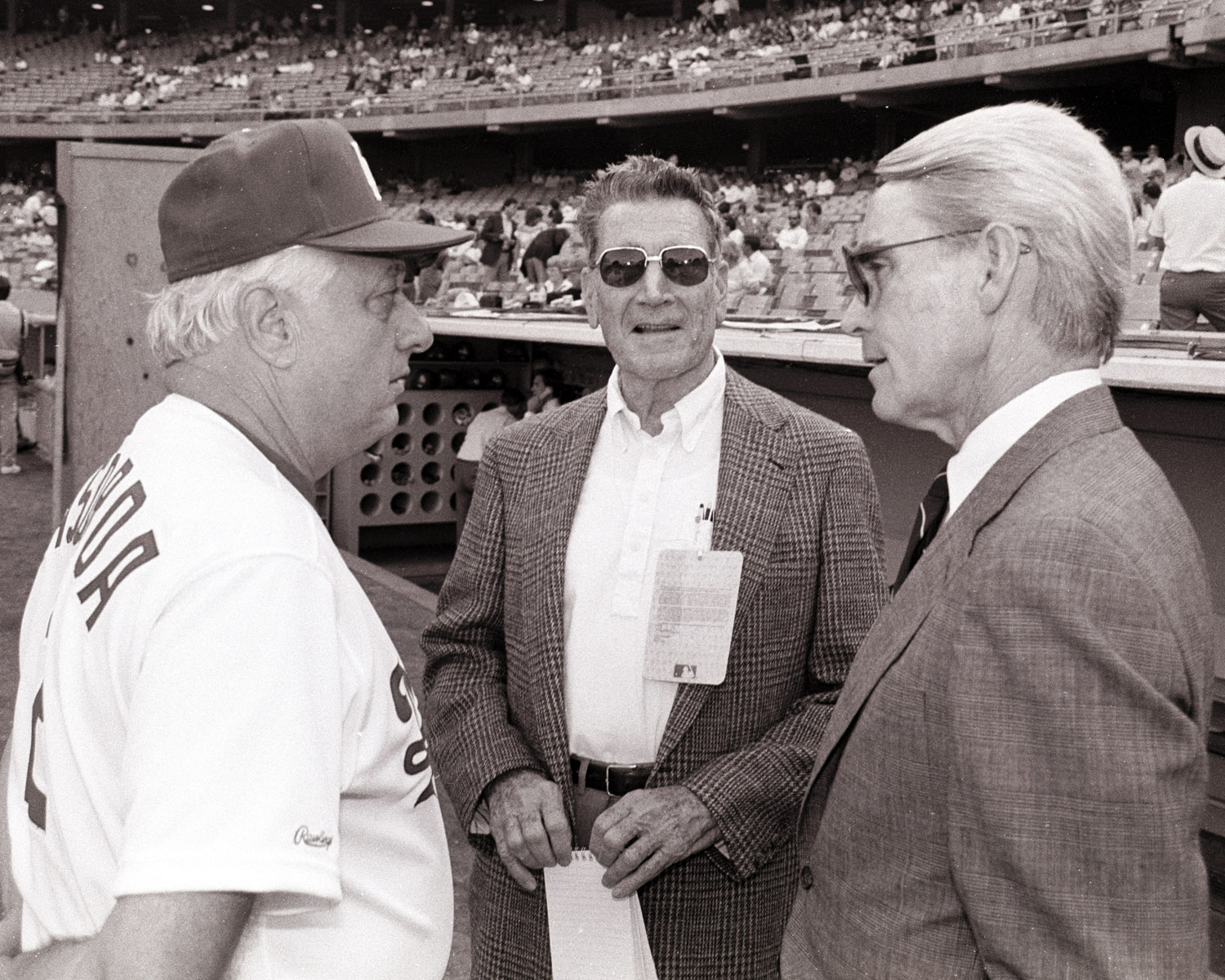
Murray had a flair for explaining the essence of sports figures in one or two phrases. Lasorda always sounded as if a building was on fire. Casey Stengel was “the only man in the world who has his own language, two banks, a golf course, a blue serge suit, and non-stop speech.” [34]
They were, Murray wrote, the two people he could always count on when he ran out of ideas and needed a column. Jerry West was a bundle of energy. Wilt Chamberlain was a gentle giant. He described Sandy Koufax as soft-spoken and Wilt Chamberlain as modest. Sonny Liston was ruthless. Muhammad Ali was both arrogant and reflective. “He had a great gift for writing about these larger-than-life people, and that’s something you want to read about,” Simers said.
Murray didn’t deify athletes. His columns described them in mundane moments, playing cards in their hotel room and drinking whisky in bars with sportswriters. “A Trip for Tall Men,” Murray’s final article for Sports Illustrated, chronicled several weeks traveling with the “extraordinary characters” [35] on the Lakers. Life on the road was a frequent topic of Murray’s columns. He wrote sarcastically about having to wake up at noon and miss The Price is Right.
It was a rainy day in Cincinnati during Murray’s first year with the Times that he found a column topic that would make him a household name.
Skewering Cities Across the Country
It had been an unremarkable road trip through the heartland. Murray traveled with the Dodgers as they lost 10 straight games on their way to missing the playoffs in 1961.[36] On the day of a rainout, with seemingly nothing to write about for the next day’s paper, Murray turned to his surroundings. When he looked out his hotel room, he noticed Cincinnati’s aging highways and decrepit buildings. They were the topic of a sardonic column that had little to do with sports.
“(People) don’t have any appreciation for what us truth-seekers go through on a road trip for the honor and glory of baseball. For instance, you come into a city like Cincinnati at 3 o’clock in the morning. Now, if you have any sense, you don’t want to be in Cincinnati at all. Even in daylight, it doesn’t look like a city. It looks like it’s in the midst of condemnation proceedings. If it was a human, they’d bury it.”[37]
Murray made these acerbic passages a regular feature of his columns. He had found his voice. Though he had not planned to be a columnist known for civic criticism, he embraced his new role. His brand of biting commentary raised his national profile and was a major reason newspapers across the country began carrying his column.
“When he got the idea and started doing those columns where he wrote about cities, I think that’s where it clicked in his mind that he could do this,” Geltner said. “I really thought that was an important part of his career because in the early ’60s there were so many newspapers and dozens and dozens of columnists, and he was just another one until he started doing that.”
Among his most memorable lines:
“The only trouble with Spokane, Washington, as a city is that there’s nothing to do after 10 o’clock. In the morning. But it’s a nice place to go for breakfast.”[38]
“[St. Louis] had a bond issue recently and the local papers campaigned for it on a slogan, ‘Progress or Decay,’ and decay won in a landslide.”
“Minneapolis and St. Paul don’t like each other very much and from what I could see I don’t blame either of them.”
He called Louisville “Lousyville.” Pittsburgh was “America’s Slag Heap.”
Philadelphia was a town that would “boo a cancer cure.” Murray also took shots at cities closer to home:
“Oakland is this kind of town: You have to pay 50 cents to go from Oakland to San Francisco. Coming to Oakland from San Francisco is free.”
“Palm Springs is an inland sandbar man has wrestled from the rodents and the Indians to provide a day camp for the over-privileged adults.”
On his adopted hometown, Los Angeles:
“It’s a place that has a dry river but 100,000 swimming pools. It’s a place where you get 100 days for murder but six months for whipping your dog.”
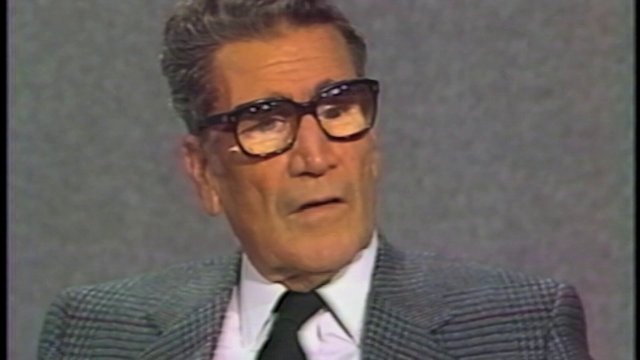
Reaction from cities was mixed. Cincinnati fans protested Murray during the 1961 World Series with signs that mentioned him by name. [39] In his state of the state address, Iowa’s governor rebuffed Murray’s comments that Iowans came to Los Angeles for the Rose Bowl “in the family Winnebago with their pacemakers and the chicken salad.”Yet some cities longed for attention. A delegation of citizens once greeted Murray upon his arrival in their city and begged him repeatedly to “Knock Spokane!”
Murray didn’t limit his commentary to cities. He also went after their signature sporting events. He called the Kentucky Derby “a hard luck race in a hard luck town” and suggested that the Indianapolis 500 should begin with the announcer saying, “Gentleman, start your coffins.”
Murray wrote that the race was “as exciting as the freeway interchange at rush hour” and was “not so much a sporting event as a death watch.”[40]
Though he typically skewered cities, teams, events and institutions, people weren’t off limits. In response to the baseball commissioner’s decision to put an asterisk on the home run record if it was broken after the 154th game, Murray wrote: “Ford Frick isn’t the worst commissioner of baseball in history but he’s in the photo.”[41]
Murray managed to remain on good terms with many of the athletes he most often needled. The people who knew Murray best agreed that he had a way of satirizing and criticizing without coming across as callous.
Kindred: “He wasn’t trying to hurt anybody. He was trying to make you laugh.”
Firestone: “Even though he had sarcasm it was never mean-spirited. It was not snarky. It was just funny.”
Former Times sports editor Bill Dwyre: “He was able to do that sort of thing without being mean-spirited.”
Murray Hofmans: “Jim did not have a mean spirit. He didn’t have a mean bone in his body. He did that to kind of provoke and he could put that knife in and just twist it a little bit, but people would come out smiling at the end of a column.”
And Simers: “He was like the old grandfather who grew up in front of you, and even when he was cranky he was still loved.”
In his autobiography, Murray said he felt obliged to address his reputation as “a serial killer – of cities.” He wrote that, “There’s hardly a hamlet in these here United States that didn’t at one time or another want to hang me from the highest yardarm.”[42] Murray viewed his columns as a wake-up call for politicians to clean up their cities. It was “all good clean fun,”[43] he wrote. “I make no apologies.”[44]
The Murray Way: Feisty, Witty and Modest
Murray also had fun at colleagues’ expense. Simers remembers sitting next to Murray in the press box at a Super Bowl in the mid-1990s. A sports editor called to find out about the topic of Murray’s column.
“He’s going to write about the running backs,” Simers told his editor.
“He can’t do that,” the editor said. The running backs had been no factor in the game, he and Simers agreed.
“You want to tell him?” Simers asked.
“Oh, no, no. You can’t tell Murray,” the editor said.
Ignoring his editor’s advice, Simers approached Murray and questioned his angle.
“Jim, what are you doing a running backs column for?” Simers asked. “You knew Vince Lombardi and here’s Mike Holmgren winning the Super Bowl. Why don’t you talk to Holmgren about the similarities, the comparisons or whatever?”
Murray was stoic in response.
“I swear if he had a gun at that moment he would have shot me,” Simers recalls. “And he didn’t say a word. He walked over and he wrote an incredibly unbelievable Vince Lombardi-Mike Holmgren column.”
A year passed without mention of the incident. Simers, Dwyre and Murray sat around a table the morning of the next Super Bowl to discuss assignments. Murray raised his hand.
“I’m waiting for my orders from Simers,” he deadpanned.
“It took an entire year to put it all in perspective,” Simers remembers. “It was a little wit, a little tweak to let me know what was going on. And that’s kind of how he was…The thing I remember the most about him is there was a little devil in his eye.”
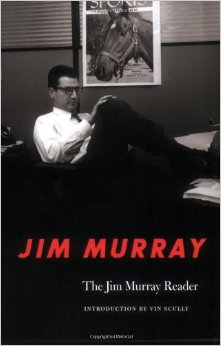
Murray never missed a chance to tweak young sportswriters. Like when Simers first approached him in a press box to praise his work.
“I probably sounded like a machine gun as I rattled off the things,” Simers said. “And he looks at me, looks at me, looks at me – and he finally says, ‘I knew all that.’”
Or when Firestone walked up to Murray at Dodger Stadium and started lavishing praise.
“Are you going to keep talking or are you going to sit down? You’ve gotta understand I’m just trying to make a living,” Firestone remembers Murray saying.
Out-of-town sportswriters covering the Rose Bowl also wanted their moment with Murray.
“There was this little lineup paying homage to the mafia father,” Dwyre said.
Murray had reached celebrity status – and not just among sportswriters. His column was syndicated in newspapers across the country, making him a household name. When Dwyre called his mother in Wisconsin to share the news that he had been named Times sports editor, she congratulated him and hung up the phone. Moments later she called back. “Wait a minute,” she said. “Does this mean that you’re Jim Murray’s boss?”
As Murray’s boss, Dwyre accompanied the aging columnist to events he covered and helped him decide which speaking engagements to accept. Murray was flattered by the attention from writers and fans, but didn’t understand it. “They’re making me bigger than I am,” he told Murray Hofmans.
Murray was known for his modesty. As he sat in the press box during games, he often made self-effacing comments about his ability to pull together the next day’s column.
“You know, I think probably today is the time I ought to retire,” Dwyre said. “He must have retired 500 times. But he would always produce a gem.”
And he would do it, most always, in an unassuming fashion.
“You never heard him at a press conference,” Kindred said. “You almost never heard him in a locker room. He was a listener and an observer.”
That applied to covering sports. For Murray, there was no substitution for witnessing an event, a post-game rant, a scene from the crowd. It also applied to interactions with colleagues. Simers said Murray always wanted to know about other people and didn’t want to talk about himself. Added Kindred, “What I liked about him was that he was a listener. He didn’t need to be the show. He wasn’t there to be Jim Murray. He was there just as another sports writer, another newspaper reporter doing what he did.”
Murray never talked about his process of coming up with column ideas or his philosophy on writing, Kindred said. “You just never heard that kind of talk because it would sound too much like bragging. That was the last thing he would do.”
An Unmistakable Writing Style
Murray didn’t have to explain his writing. His columns spoke for themselves. Biting humor was a common thread. The New York Times described his columns as “humorous, vinegary and graceful.”[45]
Sports Illustrated’s Rick Reilly, one of Murray’s protégés, wrote that “Murray is a 750-word column, and 600 of those are laughs and toasts.”[46] Murray was a humorist and satirist. Firestone said he thought Jack Lemmon could have played Murray in a one-man show.
Murray’s columns read like stand-up comedy scripts. He often began with a punch line and built entire columns around jokes. “It wasn’t always one great line but it was just line after line,” Geltner said. “If it was a jockey you would get like 12 (paragraphs) about how small he was. And they were funny and they would build on each other, and they were the kind of staccato, short one-liners.”
Simers said that while Murray was known for his punch lines, “I don’t think he ever sat down and said, ‘I’m writing one-liners.’”
Murray couldn’t pass up a good pun. For an entire baseball season he prayed that Tim Harkness would hit a home run in extra innings so he could write the line, “the game was called on account of Harkness.”[47]
Said Simers, “This is a guy who woke up with that little twinkle in his eye and said, ‘Let’s have fun today wherever it takes us. I’m going to throw a lot of words together, a lot of similes, and a lot of different things.’”
Murray was a master of metaphors and analogies:
“Bill Russell is a great defensive player, but what he does under the basket is as hard to see as Texas Chiggers – as Bill intends.”[48]
“As [surfers] pull up to the Malibu Pier with a squeal of brakes and begin to pile out like clowns out of a circus car, they seem at first glance to look all alike – and not earth people at all.”
“Going after a fly ball, [Frank Howard] looks like a moose chasing a butterfly.”[49]
Murray was fascinated by language. He wrote columns about the words a French-Canadian fan used to cheer at a boxing fan and the phrases horse racing bettors used to comfort themselves. Murray had a command of language and a vocabulary that went “beyond the reach of the normal guy who grew up going to basketball games,” Dwyre said.
Among Murray’s pet peeves: the sports cliché. He once wrote a column decoding baseball managers’ favorite phrases. “We’re going back to fundamental baseball” meant “no hitters.” “We’re basically a power club” meant “no pitchers.”[50]
Murray believed in economy of words. Not just in his leads and kickers but throughout his columns. He loved one-sentence paragraphs and three-word sentences. He could shorten just about anything — first names, last names, team nicknames (Celtics to “Celts”). A phrase he used on Murray Hofmans: “Cut to the chase.”[51]
Murray saved words by leaving out quotes. He sat through press conferences and did lengthy interviews. He took detailed notes in his tiny reporter’s notebook, Dwyre said. But he reserved quotes for only the most colorful athletes and coaches.
“I can write better than they talk” was a common Murray-ism.[52] And he often wrote with a scriptwriter’s mentality. He used his literacy license to write fictional dialogue between sports figures – real or mythical. He imaged a letter from a rookie’s wife to the athlete on the road. Or a conversation between sportscasters and Roger Maris.
Editors didn’t have to worry about Murray coming up with a new angle – or missing a deadline. “It always looked like he had no idea what he was doing,” Dwyre said. “He was an elderly man in a tweed coat with a sweater-vest on. He had these big glasses and he was looking at that silly computer, which he hated.”
Firestone has several photos of Murray looking into the distance as he contemplated what to write. “He’s really thinking of what he wants to say – he’s not just banging away. Once he found what he wanted to say things just cascaded out,” Firestone said.
Times editors used to place bets on which writer would file first after Super Bowls and Final Fours. Murray was eventually taken off the board because he always filed first.
“It was done – and it was like poetry,” Dwyre said.
Tragedy and Triumph in the Twilight of His Career
Two of Murray’s most poetic columns came in the wake of personal losses. The first was a response to what Murray refers to as “a one-year trip through a dark tunnel.”[53] The combination of a detached retina in his left eye and a cataract in his right eye left him legally blind in 1979. This prompted a column in which Murray wrote that he “lost an old friend the other day.”
During this period of lost vision he dictated his columns to a Times secretary and went to sporting events with a companion.[54] Cataract surgery helped him to improve his vision, which allowed him to once again write on his own.The second loss came several years later when Murray’s first wife, Gerry, died of cancer. Several days before the funeral, Murray was with his children at home. He went into his office and in less than two hours churned out what Dwyre describes as “just the perfect heartfelt column.”
Dwyre recalled walking into the newsroom where sports desk editors had just finished reading the piece. “These are grizzly guys,” Dwyre said. “Nothing bothers them. They hate everything. And I tell you, there were a lot of tears. It was an amazing moment.”
Columns like these earned Murray frequent recognition. He was named “America’s Best Sportswriter” 14 times by the National Association of Sportscasters and Sportswriters. He was inducted into the Baseball Hall of Fame for “meritorious contributions to baseball writing.” Ronald Reagan made a surprise appearance to present him with a lifetime achievement award. When the former president finished his introduction and a celebrity-filled room quieted down, Murray began his speech: “Did I die?”
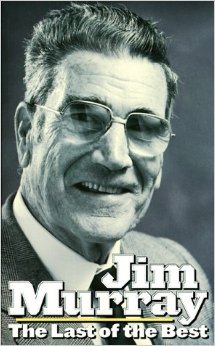
Murray earned the most prestigious journalism award, the Pulitzer Prize, in 1990 after a years-long lobbying campaign by Dwyre and the Times. He was just the fourth sportswriter to earn the award for commentary. Self-deprecating as usual, Murray had noted that, “Correctly quoting Tommy Lasorda shouldn’t merit a Pulitzer Prize.” [55]But he also felt honored to receive the award in the final years of his career.
“It was really the one award that made him feel that everything he did in life, he was rewarded for that by his peers,” Murray Hofmans said.
Added Dwyre, “That would have been a disaster for Jim Murray to just kind of walk away in the distance” without reaching the pinnacle of journalism. “The ending was good.”
The actual end came eight years later. Murray covered the Super Bowl in San Diego and the U.S. Open Golf tournament in San Francisco in his final year. His final column came on Sunday, August 16, 1998 from the Pacific Classic at the Del Mar Racetrack in San Diego. He had spent all day Saturday at the track – one of his favorite places to be. Back at home in Los Angeles that Sunday night, he died at the age of 78 from cardiac arrest.
Leaving a Legacy
After his death, a foundation was created to honor Murray’s legacy. His beloved typewriter has been given new life, restored by a collector and displayed at a recent foundation event. The Jim Murray Memorial Foundation has awarded 88 scholarships, $5,000 apiece, to college students interested in sportswriting. McCoy reads the scholarship applications, many of which comment on Murray’s career, and can’t help but think what he would make of sports journalism today.
His comments and writing provides some clues. “I don’t belong in this world today,” Murray told his wife in the years before his death.
“He was not ready for new technology,” Geltner said. “He couldn’t master it, didn’t want to learn about it and really did not see the advantages of it.”
He was attached to his typewriter and begrudgingly switched to a computer. He longed for the days of the baseball doubleheader. He wrote that television was like “The Red Light District.” He lamented the emphasis on home run, slam dunk and hole-in-one highlights. Sports stars had become larger than life, he complained. “Overpaid, over-adulated, athletes, like rock stars, began to think of themselves as the new high priests of our civilization,” [56] Murray wrote in his autobiography.
He placed some of the blame on sports writers for turning athletes into celebrities. Athletes, he wrote, no longer needed sports writers.
That’s even truer in the social media age. How would Murray have responded to the tone of sports coverage on sports blogs and message boards?
“I don’t think he would like the snark,” Kindred said. “He’d lament the meanness on the Internet. He’d lament the loss of humor. How many times have you read anything on the Internet that is intentionally funny from start to end? Very few columnists, very few sportswriters anymore think that they have any time to be funny.”
Simers said he doubts Murray would have learned to tweet. But others disagree: “I think Jim would have loved Twitter,” Murray Hofmans said. “Jim would have been an ace at that because he cut to the chase. He could just say it in so few words.”
Added Geltner, “Because he was so smart and quick and funny I think he would have adapted. I could see Jim [on Twitter] because that was his thing – writing tight one-liners.” If Murray wrote 30 paragraphs, Kindred said, “20 of them would have been Twitter-able.”Imagine the following for @TheRealJimMurray. The re-tweets of pithy comments on being a sports fan. The favored posts about life on the road. Links to columns about what makes athletes tick. The observation. The short anecdote. The vivid description. And, of course, the humor.
Murray’s style would translate to many mediums. But at his core, he was a newspaperman – trained to cover fires, chat up celebrities and bang out a column before deadline. He started on a small stage and ended in wide syndication. He covered sports his way and became a recognizable brand. Over a career that brought him into contact with media magnates, surly editors, egotistic athletes and swooning sports writers, he earned the respect of his sources and peers.
“He just had such good will within the profession,” Geltner said.
And while Murray would scoff at the idea that he left a lasting legacy, the sports journalists whose careers he helped mold say otherwise.
“Murray was one of the people who shaped sportswriting and improved sportswriting,” Kindred said.
“There was Red Smith and there was Jim Murray and there won’t be any two better,” Dwyre said.
Firestone went even further: “He was the best sports columnist, in my opinion, in the history of journalism.”
[1]Murray, J. (1993). The autobiography of the Pulitzer Prize winning sports columnist. New York: MacMillan Publishing (p. 11) Back
[2]Geltner, T. (2012). The last king of the sports page: the life and career of Jim Murray. Columbia, Missouri: University of Missouri Press. Back
[3]Geltner, T. (2013). Personal interview. Back
[4]Murray, J. (1993). The autobiography of the Pulitzer Prize winning sports columnist. New York: MacMillan Publishing Co. (p. 18) Back
[5]Murray, J. (1993). The autobiography of the Pulitzer Prize winning sports columnist. New York: MacMillan Publishing Co. (p. 1) Back
[6]Geltner, T. (2012). The last king of the sports page: the life and career of Jim Murray. Columbia, Missouri: University of Missouri Press. Back
[7]Murray, J. (1993). The autobiography of the Pulitzer Prize winning sports columnist. New York: MacMillan Publishing Co. (p. 1) Back
[8]Murray, J. (1965). The best of Jim Murray. New York: Doubleday & Co. (p. 25) Back
[9]Murray, J. (1965). The best of Jim Murray. New York: Doubleday & Co. (p. 25) Back
[10]Murray, J. (1993). The autobiography of the Pulitzer Prize winning sports columnist. New York: MacMillan Publishing Co. (p 128) Back
[11]Murray, J. (1993). The autobiography of the Pulitzer Prize winning sports columnist. New York: MacMillan Publishing Co. (p. 131). Back
[12]Murray, J. (1993). The autobiography of the Pulitzer Prize winning sports columnist. New York: MacMillan Publishing Co. (p. 131) Back
[13]Murray, J. (1993). The autobiography of the Pulitzer Prize winning sports columnist. New York: MacMillan Publishing Co. (p. 20). Back
[14]Murray, J. (1993). The autobiography of the Pulitzer Prize winning sports columnist. New York: MacMillan Publishing Co. (p. 20) Back
[15]Murray, J. (1993). The autobiography of the Pulitzer Prize winning sports columnist. New York: MacMillan Publishing Co. (p. 22) Back
[16]Murray, J. (1993). The autobiography of the Pulitzer Prize winning sports columnist. New York: MacMillan Publishing Co. (p. 131) Back
[17]Murray, J. (1993). The autobiography of the Pulitzer Prize winning sports columnist. New York: MacMillan Publishing Co. (p. 17) Back
[18]Murray, J. (1965). The best of Jim Murray. New York: Doubleday & Co. (p. 25) Back
[19]Murray, J. (1993). The autobiography of the Pulitzer Prize winning sports columnist. New York: MacMillan Publishing (p. 14) Back
[20]Murray, J. (1993). The autobiography of the Pulitzer Prize winning sports columnist. New York: MacMillan Publishing Co. (p. 18) Back
[21]Geltner, T. (2012). The last king of the sports page: the life and career of Jim Murray. Columbia, Missouri: University of Missouri Press. Back
[22]Geltner, T. (2012). The last king of the sports page: the life and career of Jim Murray. Columbia, Missouri: University of Missouri Press. Back
[23]Murray, J. (1993). The autobiography of the Pulitzer Prize winning sports columnist. New York: MacMillan Publishing Co. (p. 133) Back
[24]Murray, J. (1993). The autobiography of the Pulitzer Prize winning sports columnist. New York: MacMillan Publishing Co. (p. 133) Back
[25]Murray, J. (1993). The autobiography of the Pulitzer Prize winning sports columnist. New York: MacMillan Publishing Co. (p. 52) Back
[26]Murray, J. (1993). The autobiography of the Pulitzer Prize winning sports columnist. New York: MacMillan Publishing Co. (p. 103). Back
[27]Murray, J. (1965). The best of Jim Murray. New York: Doubleday & Co. (p. 183) Back
[28]Murray, J. (1965). The best of Jim Murray. New York: Doubleday & Co. (p. 190) Back
[29]Murray, J. (1965). The best of Jim Murray. New York: Doubleday & Co. (p. 14) Back
[30]Murray, J. (1965). The best of Jim Murray. New York: Doubleday & Co. (p. 54) Back
[31]Murray, J. (1965). The best of Jim Murray. New York: Doubleday & Co. (p. 117) Back
[32]Murray, J. (1993). The autobiography of the Pulitzer Prize winning sports columnist. New York: MacMillan Publishing Co. (p. 262). Back
[33]Murray, J. (1993). The autobiography of the Pulitzer Prize winning sports columnist. New York: MacMillan Publishing Co. (p. 215) Back
[34]Murray, J. (1965). The best of Jim Murray. New York: Doubleday & Co. (p. 126) Back
[35]Murray, J. (1993). The autobiography of the Pulitzer Prize winning sports columnist. New York: MacMillan Publishing Co. (p. 105) Back
[36]Murray, J. (1993). The autobiography of the Pulitzer Prize winning sports columnist. New York: MacMillan Publishing Co. Back
[37]Murray, J. (1965). The best of Jim Murray. New York: Doubleday & Co. (p.1) Back
[38]Murray, J. (1965). The best of Jim Murray. New York: Doubleday & Co. (p. 30) Back
[39]Geltner, T. (2012). The last king of the sports page: the life and career of Jim Murray. Columbia, Missouri: University of Missouri Press. Back
[40]Murray, J. (1965). The best of Jim Murray. New York: Doubleday & Co. (p. 92) Back
[41]Murray, J. (1965). The best of Jim Murray. New York: Doubleday & Co. (p. 136) Back
[42]Murray, J. (1993). The autobiography of the Pulitzer Prize winning sports columnist. New York: MacMillan Publishing Co. (p. 209) Back
[43]Murray, J. (1993). The autobiography of the Pulitzer Prize winning sports columnist. New York: MacMillan Publishing Co. (p. 214) Back
[44]Murray, J. (1993). The autobiography of the Pulitzer Prize winning sports columnist. New York: MacMillan Publishing Co. (p. 215) Back
[45]Sandomir, R. (1998, August 18). Jim Murray, 78, sportswriter and winner of Pulitzer Prize.Los Angeles Times Back
[46]Reilly, R. (1990, April 21). King of the sports page. Sports Illustrated.Back
[47]Murray, J. (1965). The best of Jim Murray. New York: Doubleday & Co. (p. 145) Back
[48]Murray, J. (1965). The best of Jim Murray. New York: Doubleday & Co. (p. 45) Back
[49]Murray, J. (1965). The best of Jim Murray. New York: Doubleday & Co. (p. 152) Back
[50]Murray, J. (1965). The best of Jim Murray. New York: Doubleday & Co. (p. 100) Back
[51]McCoy, L. (2013). Personal communication. Back
[52]Geltner, T. (2012). The last king of the sports page: the life and career of Jim Murray. Columbia, Missouri: University of Missouri Press. (p. 119) Back
[53]Murray, J. (1993). The autobiography of the Pulitzer Prize winning sports columnist. New York: MacMillan Publishing Co. (p. 204) Back
[54]Murray, J. (1965). The best of Jim Murray. New York: Doubleday & Co. Back
[55]Sandomir, R. (1998, August 18). Jim Murray, 78, sportswriter and winner of Pulitzer Prize.Los Angeles Times. Back
[56]Murray, J. (1993). The autobiography of the Pulitzer Prize winning sports columnist. New York: MacMillan Publishing Co. (p. 253) Back
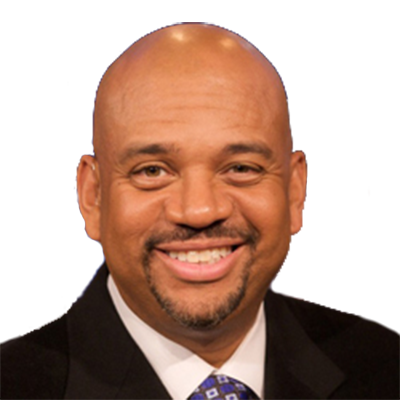 Michael Wilbon
Michael Wilbon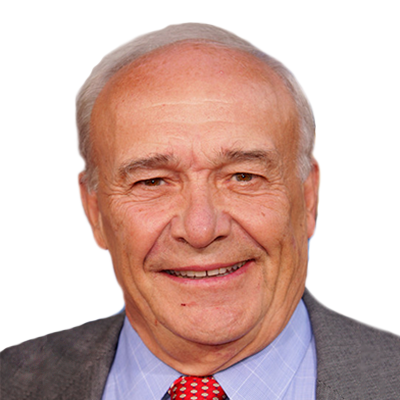 Bill Nack
Bill Nack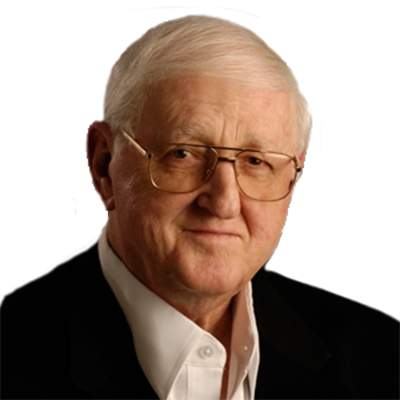 Dan Jenkins
Dan Jenkins Sally Jenkins
Sally Jenkins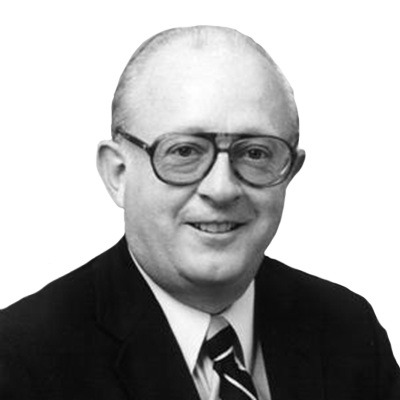 Dave Anderson
Dave Anderson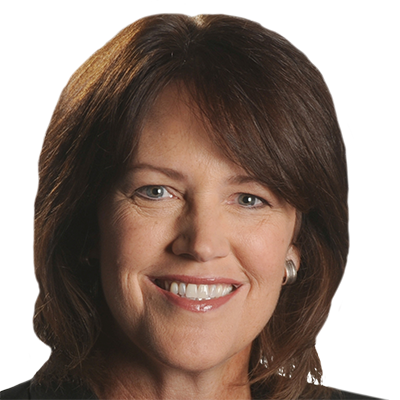 Christine Brennan
Christine Brennan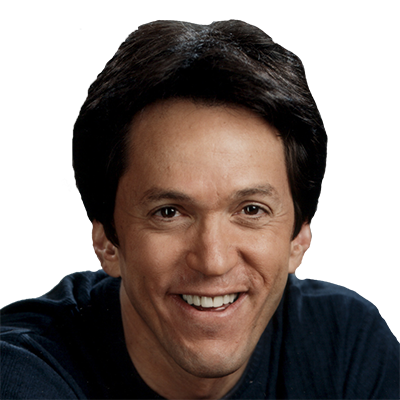 Mitch Albom
Mitch Albom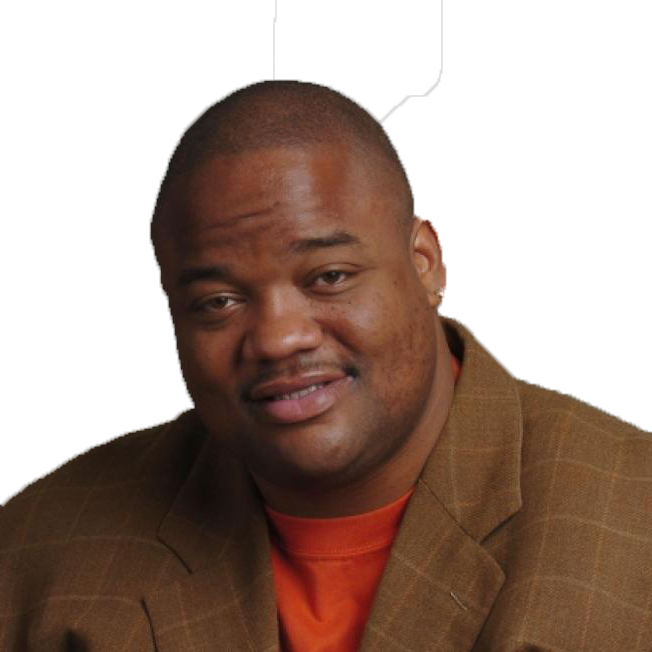 Jason Whitlock
Jason Whitlock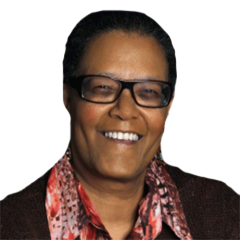 Claire Smith
Claire Smith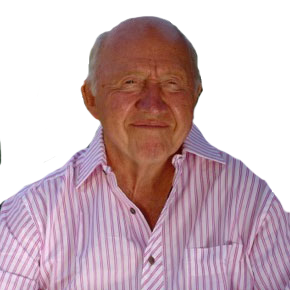 Bud Collins
Bud Collins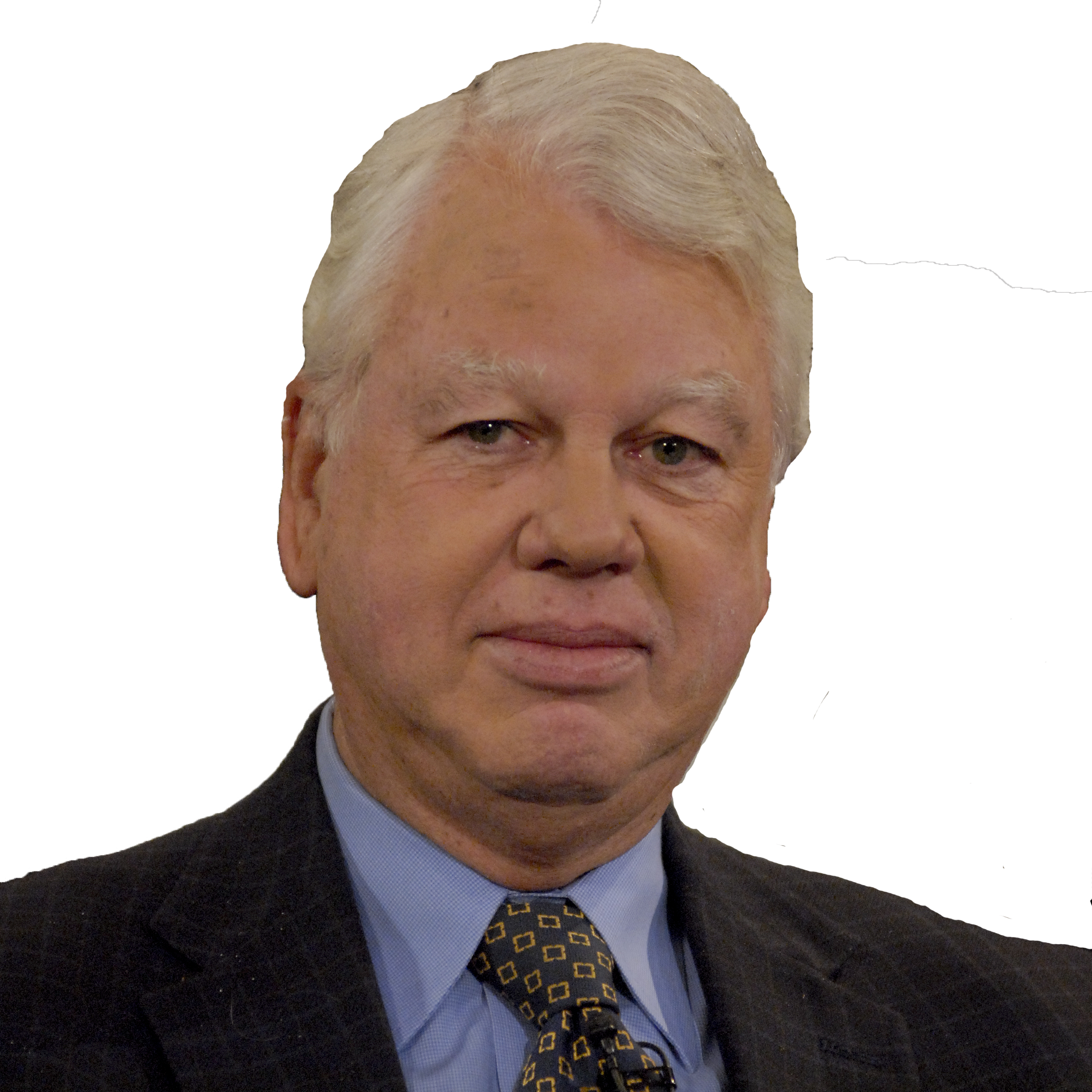 Bob Ryan
Bob Ryan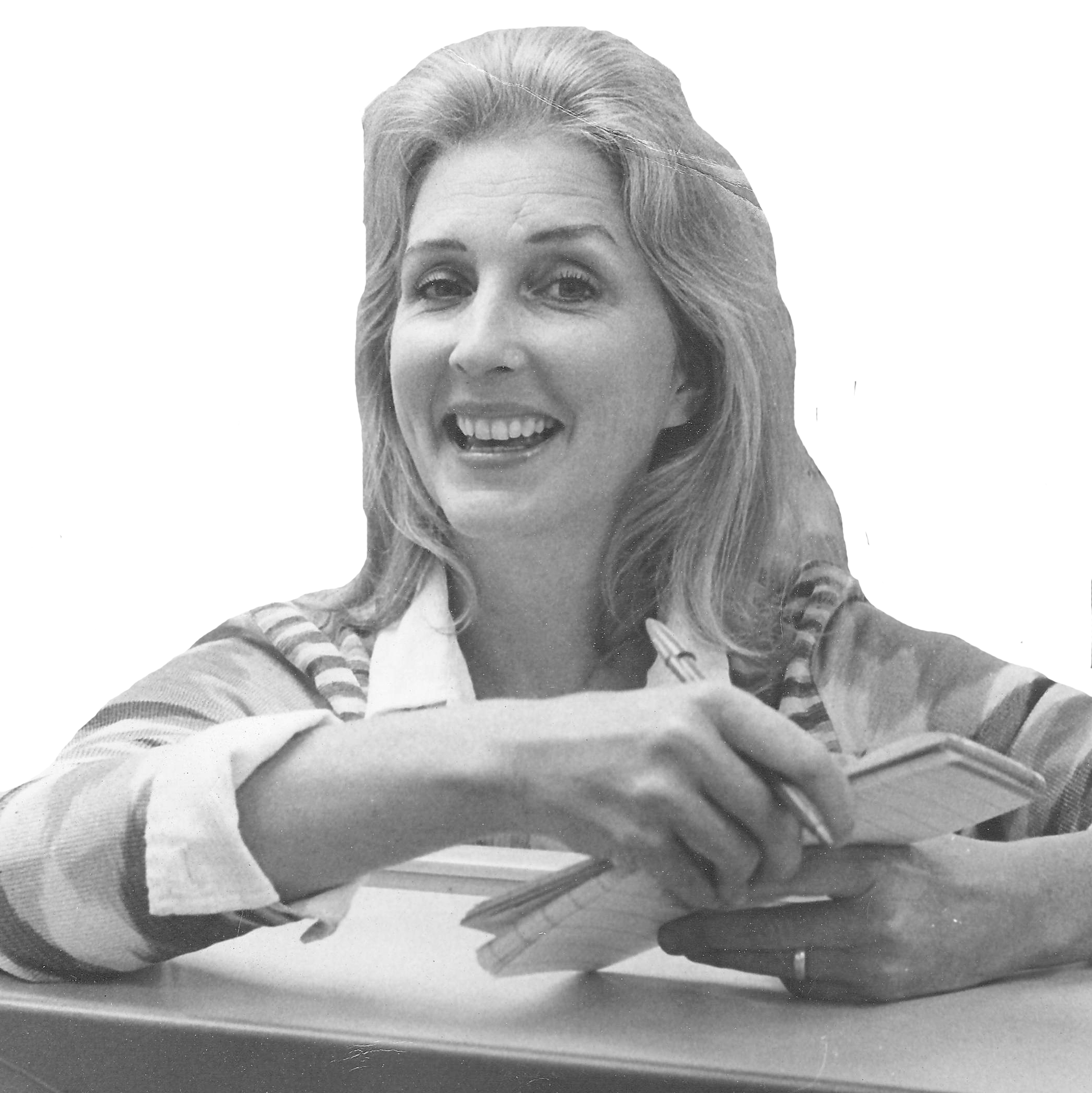 Joan Ryan
Joan Ryan Peter King
Peter King Wright Thompson
Wright Thompson John Feinstein
John Feinstein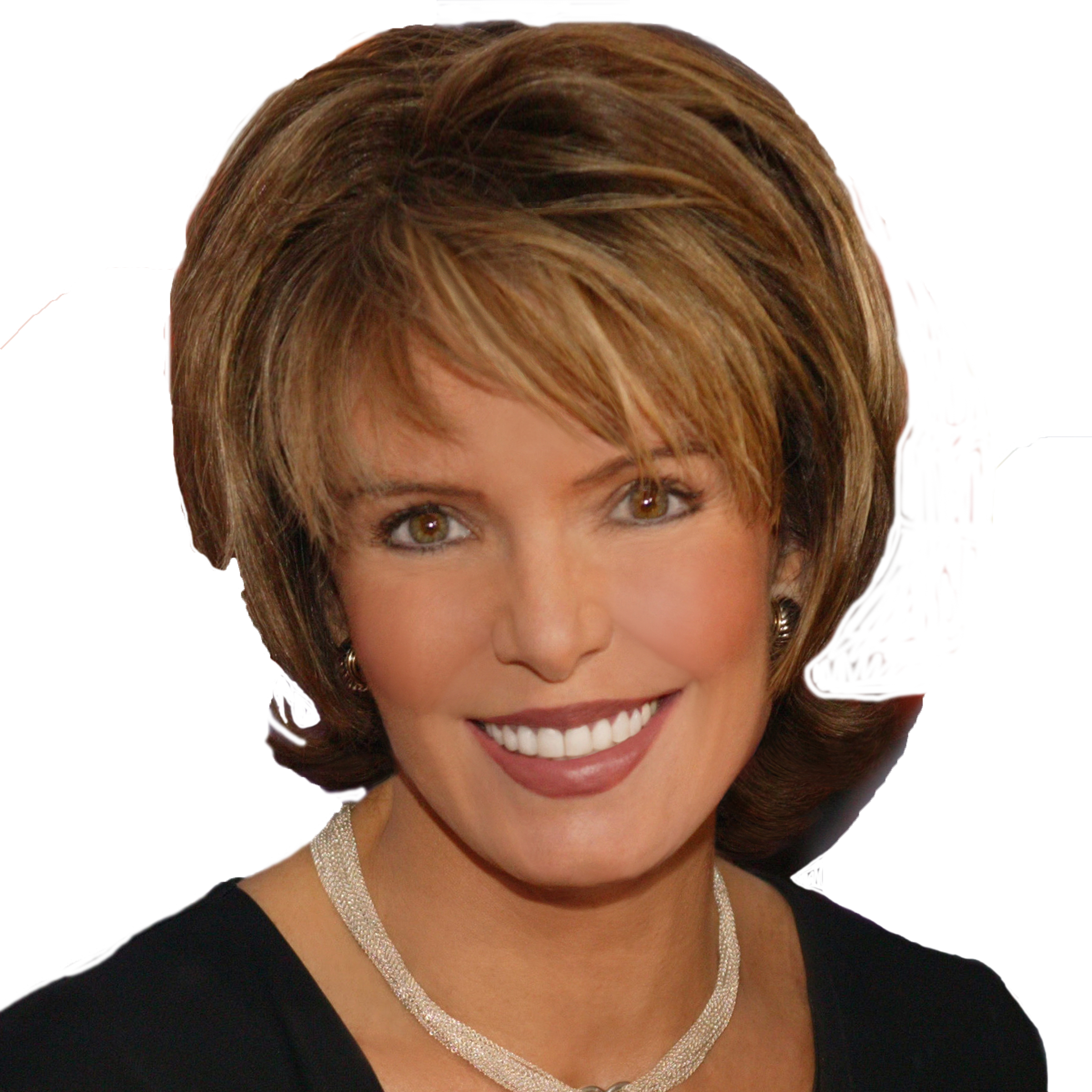 Lesley Visser
Lesley Visser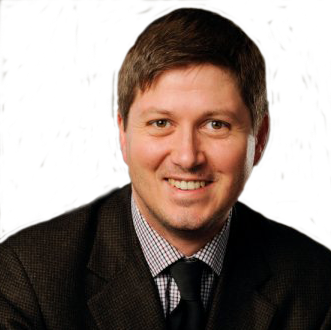 Will Leitch
Will Leitch Tim Kurkjian
Tim Kurkjian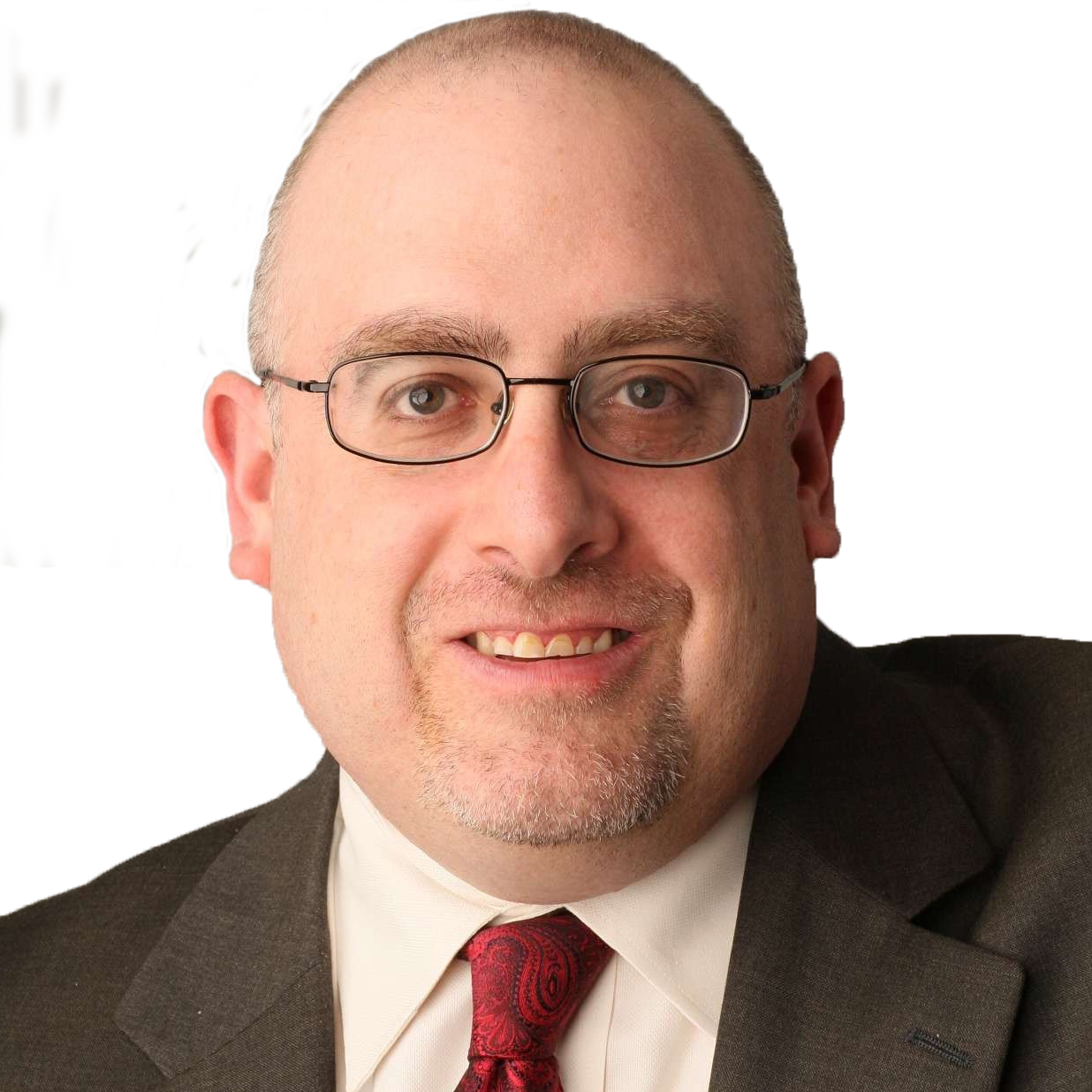 Joe Posnanski
Joe Posnanski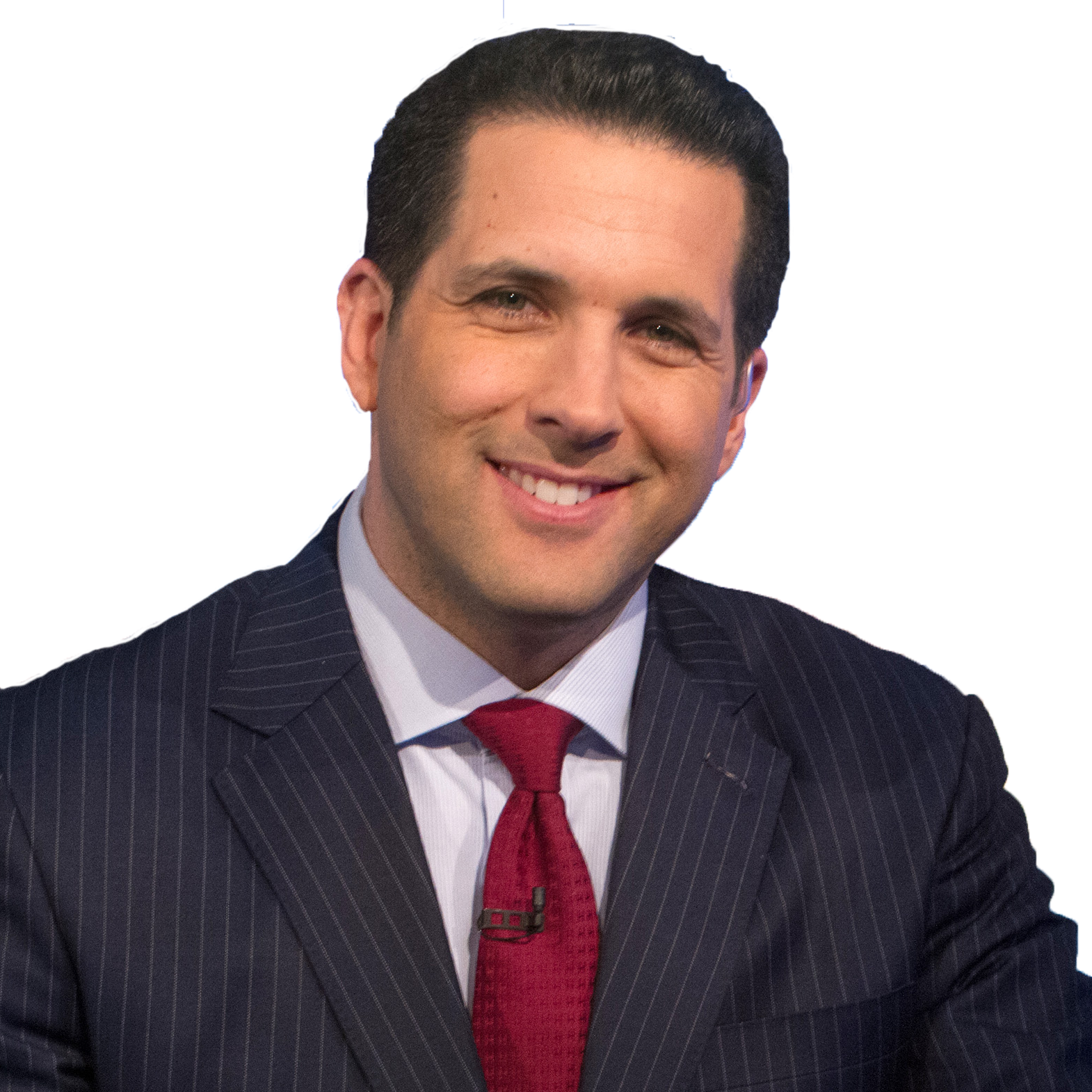 Adam Schefter
Adam Schefter Terry Taylor
Terry Taylor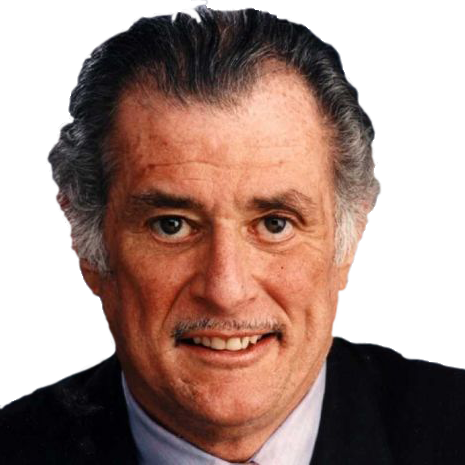 Frank Deford
Frank Deford Tom Boswell
Tom Boswell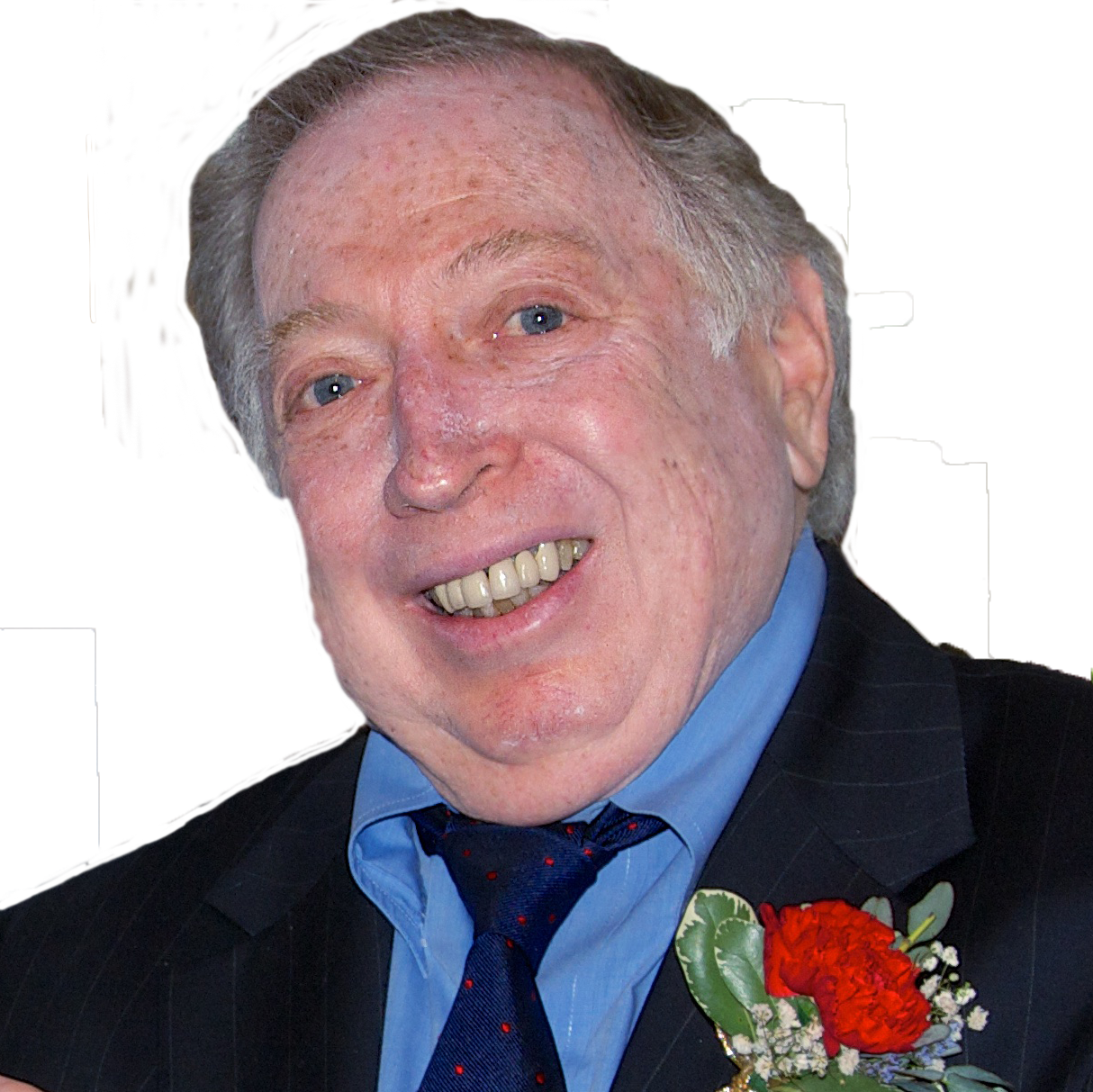 Neil Leifer
Neil Leifer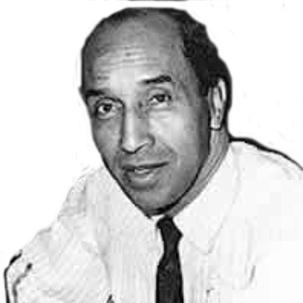 Sam Lacy
Sam Lacy Jane Leavy
Jane Leavy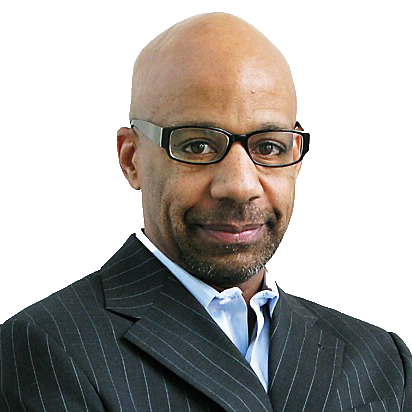 Kevin Blackistone
Kevin Blackistone Juliet Macur
Juliet Macur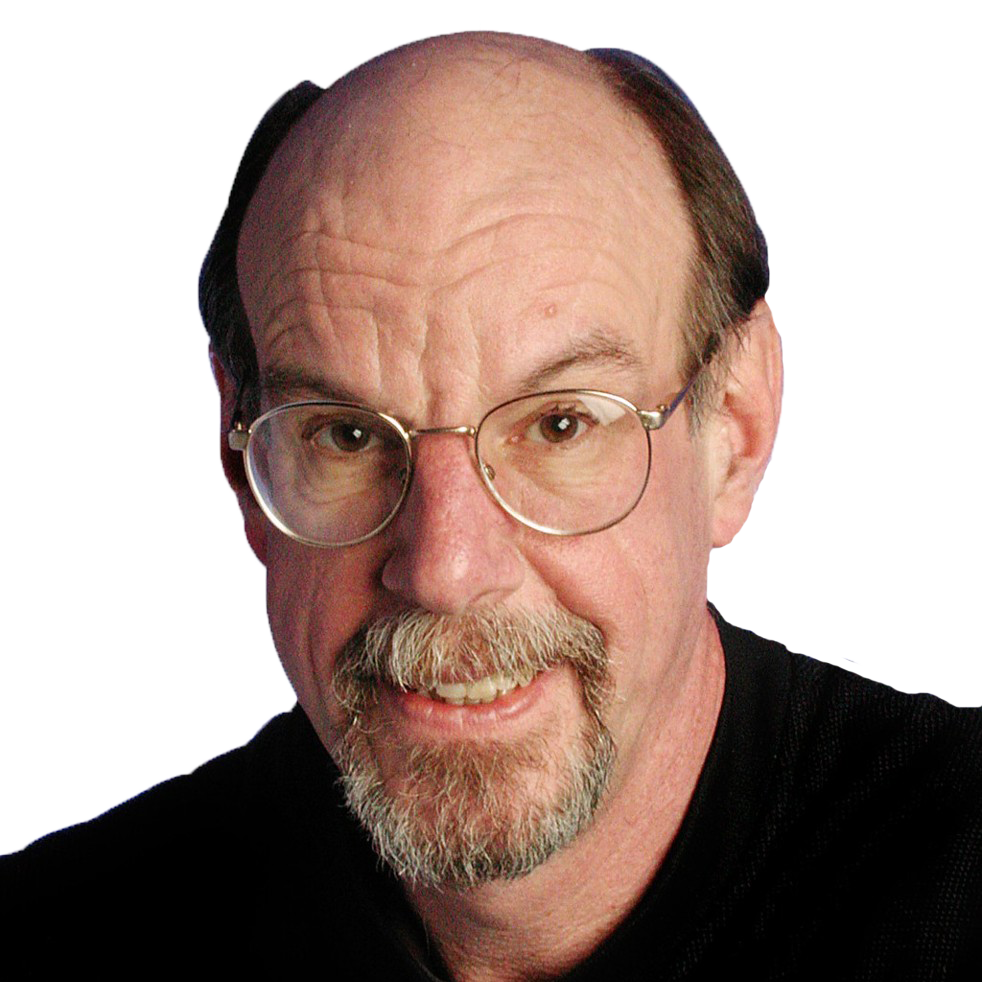 Andrew Beyer
Andrew Beyer Tom Verducci
Tom Verducci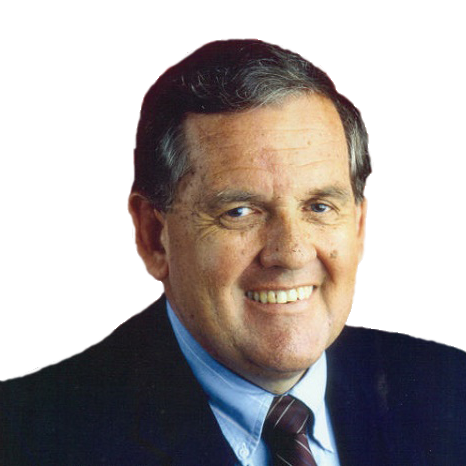 Hubert Mizell
Hubert Mizell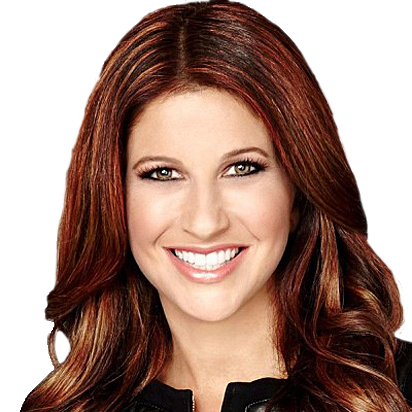 Rachel Nichols
Rachel Nichols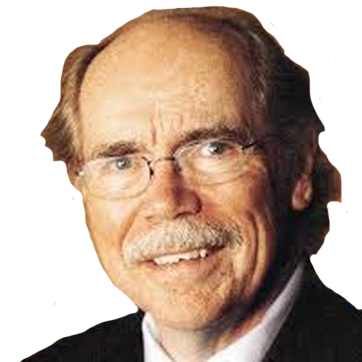 Dave Kindred
Dave Kindred Mike Lupica
Mike Lupica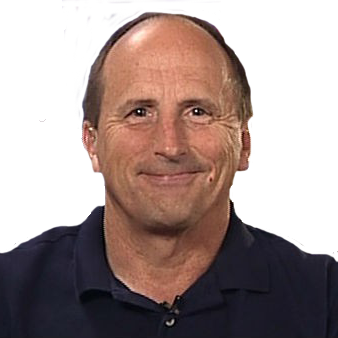 Richard Justice
Richard Justice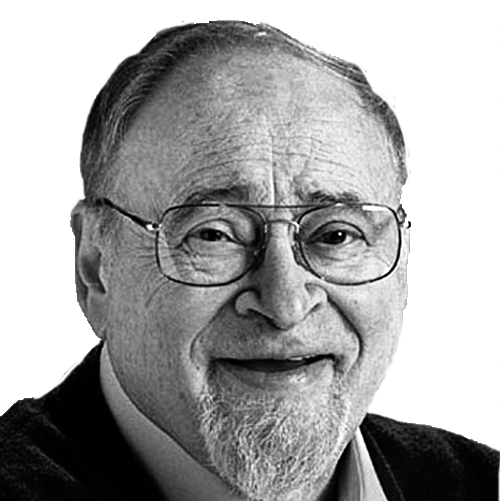 Jerry Izenberg
Jerry Izenberg Bill Plaschke
Bill Plaschke Kevin Van Valkenburg
Kevin Van Valkenburg George Vecsey
George Vecsey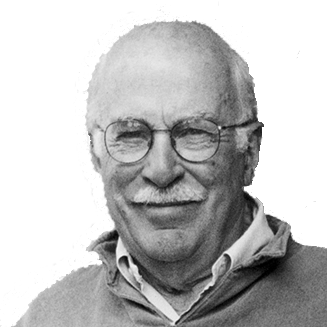 Roger Angell
Roger Angell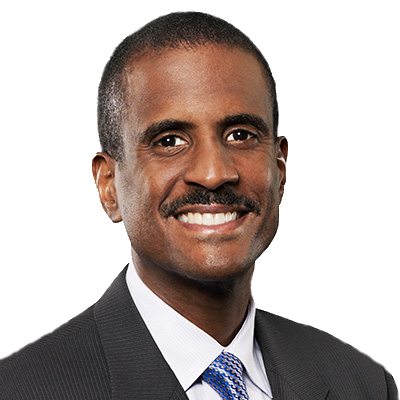 David Aldridge
David Aldridge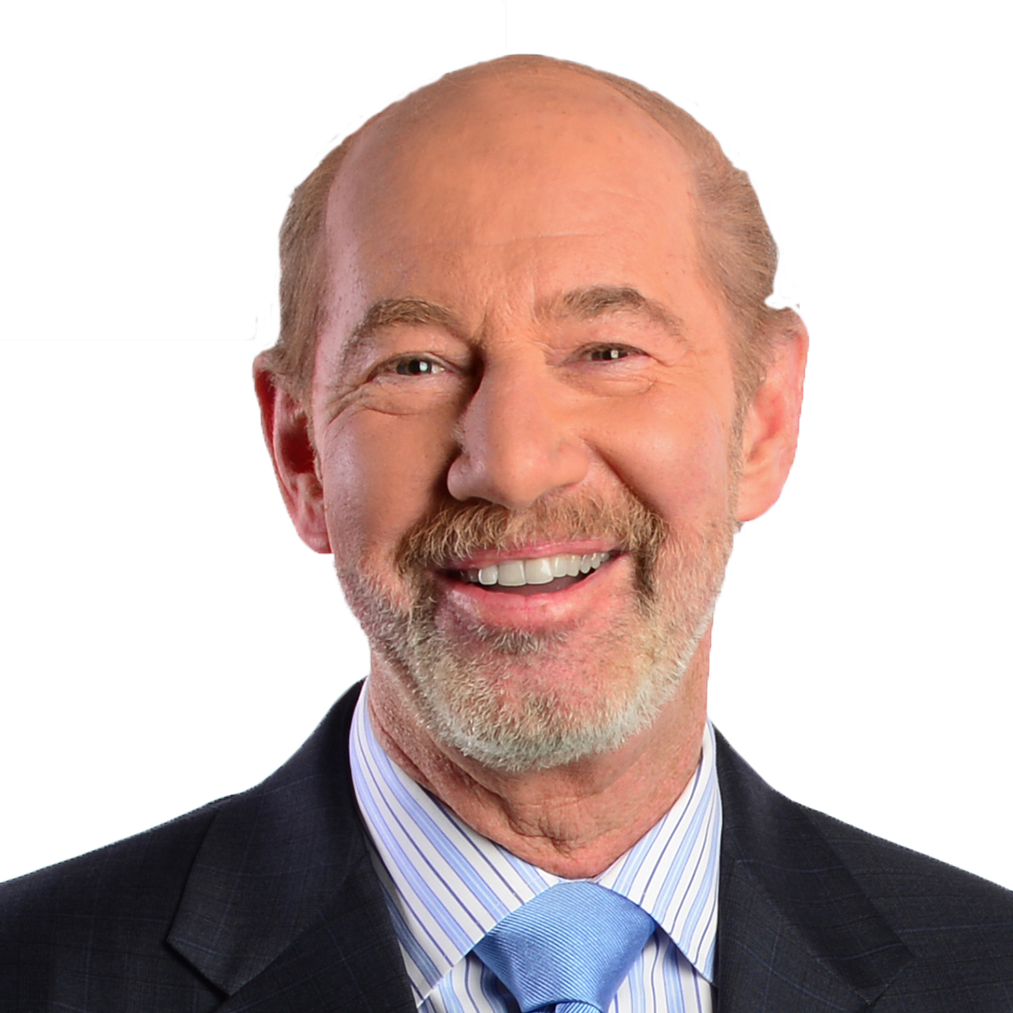 Tony Kornheiser
Tony Kornheiser Jackie MacMullan
Jackie MacMullan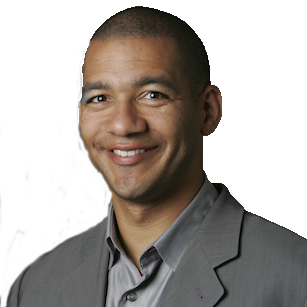 J.A. Adande
J.A. Adande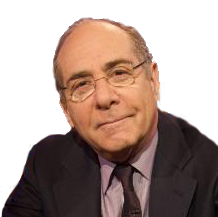 Robert Lipsyte
Robert Lipsyte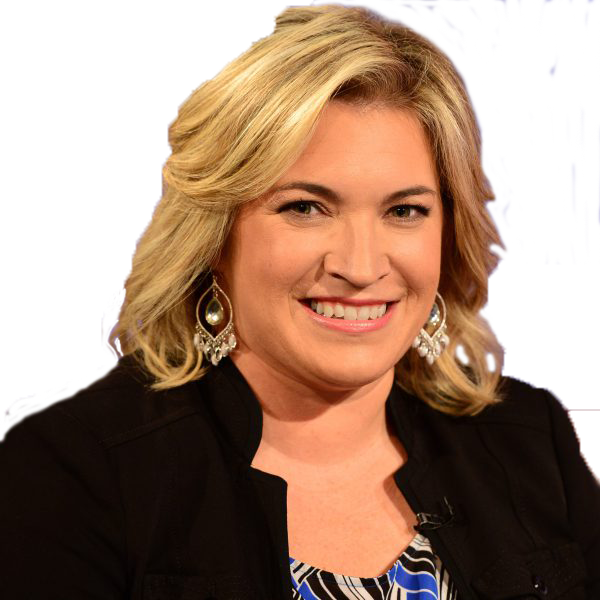 Ramona Shelburne
Ramona Shelburne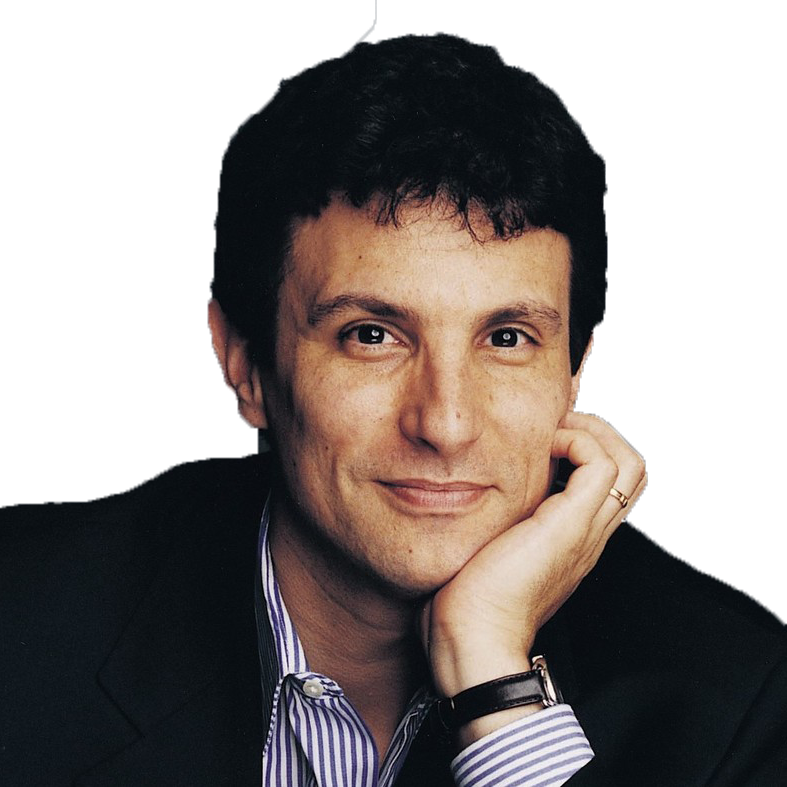 David Remnick
David Remnick Bryan Curtis
Bryan Curtis Chuck Culpepper
Chuck Culpepper Jason Gay
Jason Gay Heidi Blake
Heidi Blake Dan Steinberg
Dan Steinberg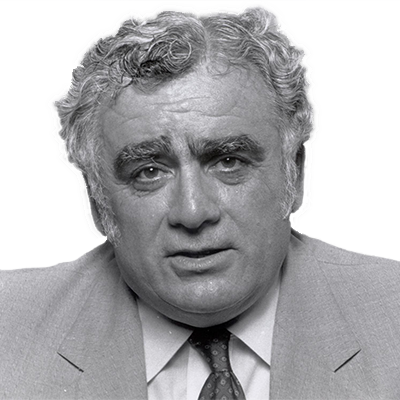 Jerome Holtzman
Jerome Holtzman Barry Svrluga
Barry Svrluga
